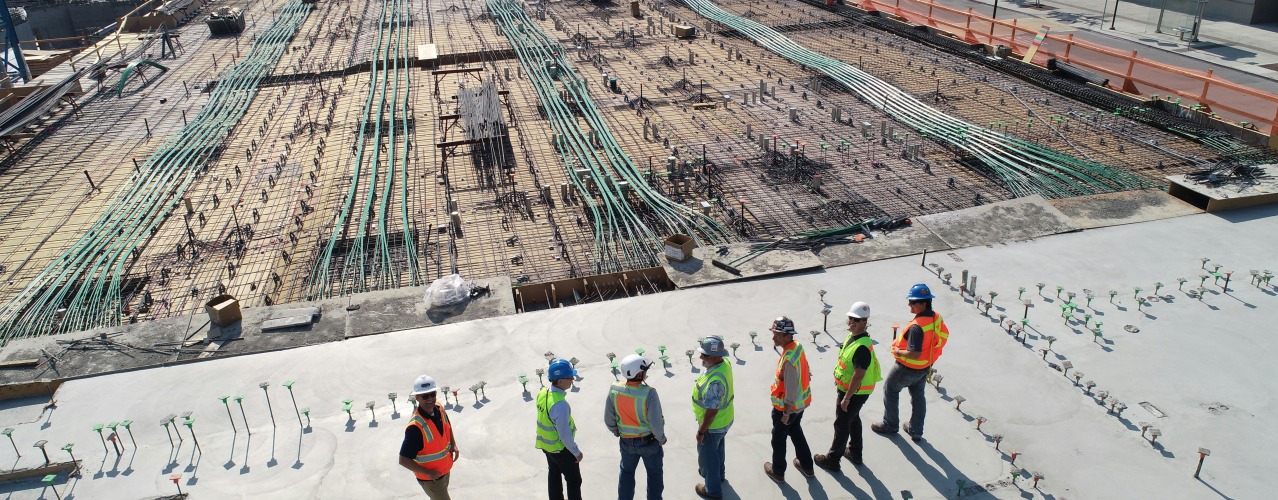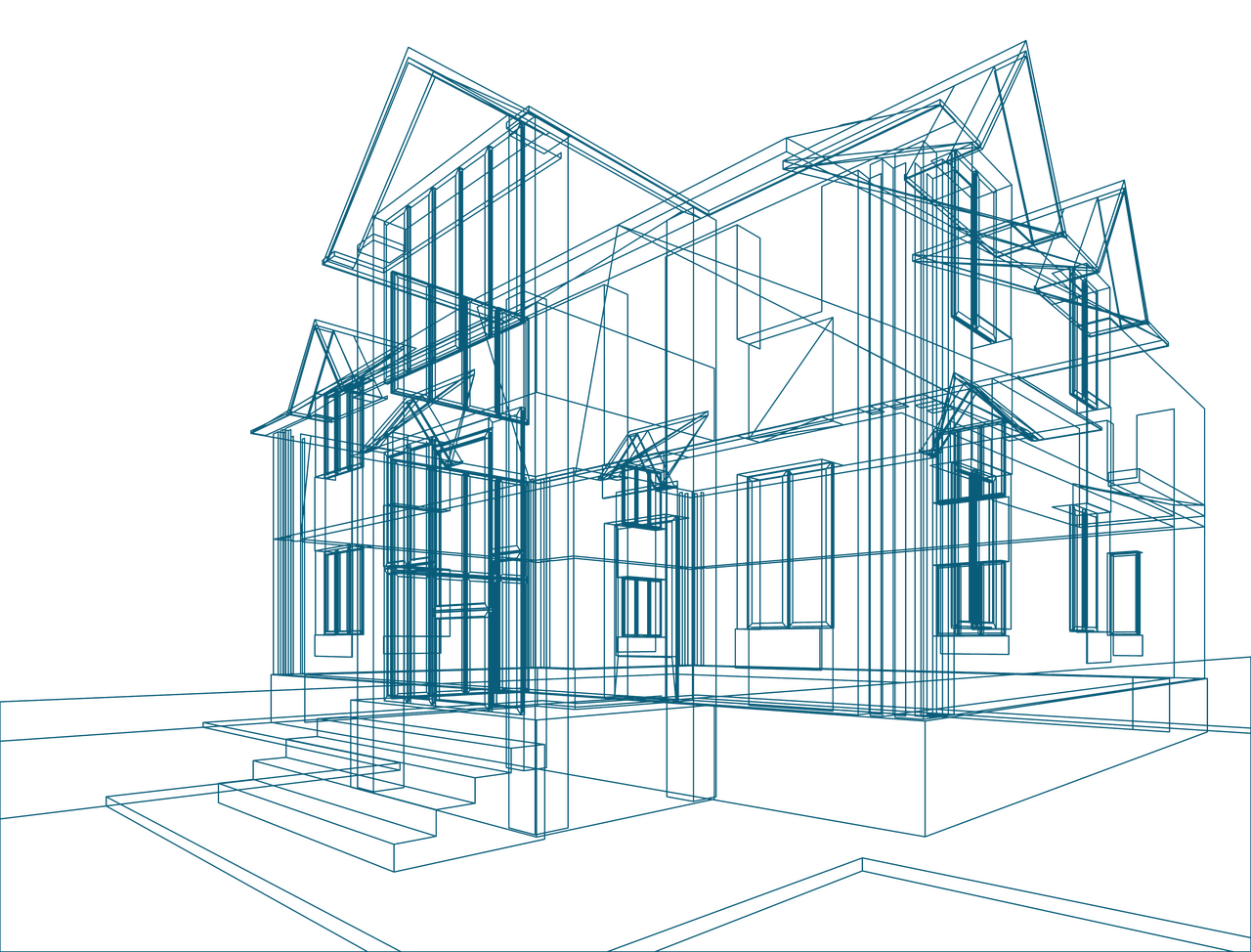

Market report
Sustainable construction trend
Gain valuable insights into the European architectural industry with the European Architectural Barometer market report. Stay informed about key trends and factors influencing architects' decisions. Visit the link for more information.
Blogs I published 20 June 2024 I Dirk Hoogenboom
Sustainable Construction – How and Why This Industry Is Getting Greener
Whether you’re on site framing a new build, retrofitting an HVAC system, or sketching a client proposal at your desk late into the evening, you’ve probably felt the shift. One minute you’re pricing out materials that doubled in cost since last year, the next you’re explaining to a client why you can’t just slap solar panels on a house built in the ’70s with no insulation. Meanwhile, the emails keep coming – new rules, new incentives, new standards.
Everyone’s talking sustainability. The question is – what’s actually changing on job sites and what still feels like policy talk that hasn’t quite landed yet.
Across Europe, some pros are already in on it. Working it into project timelines, managing client expectations, juggling budget constraints, and still trying to make buildings that stand the test of time.
It’s not reporting on a trending uptick. It’s an imminent, upcoming, non-negotiable future of the industry. A future shaped by policy, demand and clear environmental limits. So let’s take a look where we could be going – if we’re willing to do the work.
Why Things Can’t Really Wait
Simply put, because the numbers are impossible to ignore. The construction sector accounts for 37% of global CO₂ emissions and 34% of global energy use. That puts us at the center of the climate conversation, whether we like it or not.
“The climate conversation” is code for European Green Dean and the mandates for 2030.
- a 55% cut in emissions
- 32% renewable energy share
- all new buildings nearly zero-energy
- 50% of materials sourced from recycled or renewable sources
By 2050, that expands to full net-zero carbon for the industry and 100% circular material use. While this may sound like wishful thinking and an unattainable index, it’s where current policy is heading, with legal backing. Meaning – the clock’s ticking.
What Professionals Are Actually Doing
So how’s the industry responding?
- over 50% of architects and contractors are already actively engaged in sustainable construction
- 60% of installers are regularly integrating sustainable solutions into their work
- homeowners are catching up, with 38% planning to invest in sustainability upgrades this year, driven mainly by cost savings and energy prices (especially Spain, Italy and Poland)
But interest doesn’t always match execution. Structural elements still lead as the most impactful component in sustainable design, especially in France (55%), Belgium (43%), and Italy (36%). Materials, HVAC, and roof systems follow close behind.
What’s Actually Getting Used
Across most markets, professionals are relying on a core group of sustainable solutions, notably:
- heat pumps
- photovoltaic panels
- LED lighting
- bio-based insulation
- recycled or reused materials
Despite this, heat pump sales fell 5% in 2023, with another 47% drop in early 2024 – which is a huge concern given their importance to heating decarbonization.
Meanwhile, solar capacity is exploding, with a projected 36% growth in 2024. Germany leads in volume, but the Netherlands leads per capita with 1,342 W/inhabitant.
Where the Challenges Lie
1. Investment Fatigue
Client willingness to pay for sustainable upgrades is stuck. Since 2022, there’s been no meaningful increase, and projections through 2030 de facto marginal gains. High upfront costs remain the #1 objection.
2. Skills Shortage
Across the EU, there’s a severe lack of qualified workers trained in sustainable methods. Germany and the Netherlands report over 55% project labor shortages, expected to increase drastically in the upcoming years, while the rest linger around the 40th percent. Meaning, half of European workers are essentially missing. That’s not going away.
3. Knowledge Gaps
There’s a real confusion in the field, even on the terminology. Many still confuse circularity with recycling, but it’s much broader – it’s designing out waste from the start and planning for reuse and deconstruction, not demolition. Only a third of professionals understand this distinction clearly, yet it’s becoming central to future regulations. 49% of pros admit to not fully understanding what “sustainability” or “circularity” actually means applied in a construction context. In Poland, a whopping 41% of respondents were flat-out unfamiliar with the concept.
What Country Data Tells Us
Clearly and bluntly – progress is tangibly uneven.
- Spain and the Netherlands are driving sustainable adoption, supported by national plans and funding
- Germany lost momentum after its energy crisis, facing cost spikes and labor gaps
- France shifted priorities post-COVID and slashed green budgets by up to 15% between 2020–2023
- Poland has reduced Russian gas dependency but still lacks a long-term climate strategy
All things considered, if the current pace continues, Europe will not hit its 2050 targets, not even by a longshot. Emissions across the construction sector are projected to stay well above net-zero levels unless immediate action is taken.
What Needs to Happen?
We already have the tech. What’s missing is coordination, investment, and above all – initiative throughout the sector.
- Architects and contractors influence 70% of material decisions
- Installers lead in solar, HVAC, and energy systems
- Material suppliers are expected to guide and educate the market
So as we’re pointing fingers, we’re also hearing 66% of professionals say “government should enforce circularity” and 80% agreeing that the industry itself needs a mindset shift. That no one’s signing up for, even when it does show up. So if you’re waiting for a top-down fix, get comfortable – it’ll be a while.
What You Can Do Now
No matter your role in construction – designer, builder, installer, supplier – your work is already being shaped by sustainability. If it isn’t abundantly clear, the question really isn’t whether you’ll adapt, but how well and how soon.
Don’t wait for the next regulation to force your hand. Get ahead. Equip your business, your team, and your clients for what’s next.
Need support looking into your green transition? Sign up for our live webinars, check out our reports, full market analyses and product impact studies. We can get you there.





